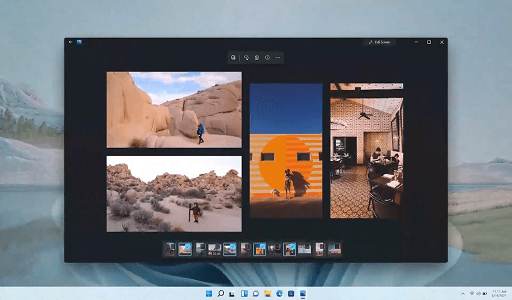Google has revised its guidelines for job posting structured data with the aim of modifying the criteria for effectively informing Google about newly created webpages and modifications to existing ones.
What is Google Job Posting Structured Data?
Google job posting structured data is a set of guidelines provided by Google to help webmasters and publishers format their job listings in a way that makes them more accessible and visible in Google Search results. By using structured data markup, publishers can provide specific information about job postings on their websites, such as job title, location, salary, and other relevant details. This structured data helps search engines understand the content and context of job listings, leading to enhanced presentation in search results.

The implementation of job posting structured data enables Google to display interactive job listings directly in the search results, providing users with a more informative and engaging experience. Job seekers can see key details about the job without having to click through to the actual job posting page.
Following these guidelines and integrating structured data into job postings can improve the visibility of job listings in Google Search, making them more prominent and easily discoverable by users searching for employment opportunities.
Guidance on Google Job Posting Structured Data
The guidance on Google’s job posting structured data is created to assist publishers in qualifying for enhanced visibility in Google Search results, achieved through interactive job listings. Additionally, it furnishes an outline of the procedures involved in integrating, testing, and sustaining job posting structured data.
Of particular significance is the capability to inform Google about fresh job posting webpages and alterations to existing ones. This capability proves advantageous for publishers, ensuring that the most pertinent and valuable job postings are accessible in the Search Engine Results Pages (SERPs).
The modification in the guidance aimed to provide clarity on the process for publishers to notify Google about new webpages and changes. Notably, there isn’t an alteration in the recommended actions to take, but rather a change in emphasis towards the increased encouragement and importance of using sitemaps.
In the earlier version of the guidance, Google urged users to prioritize the Indexing API “over sitemaps” for the direct notification of pages requiring prompt crawling.
Google Forum and QA Structured Data Update Centered Around Authorship
The previous guidance says:
“Keep Google informed by doing one of the following actions:
For job posting URLs, we recommend using the Indexing API instead of sitemaps because the Indexing API prompts Googlebot to crawl your page sooner than updating the sitemap and pinging Google. However, we still recommend submitting a sitemap for coverage of your entire site.”
The suggestion to use the Indexing API “instead of sitemaps” appeared to discourage the use of sitemaps, despite the subsequent sentence backing the submission of a sitemap for the entire site.
The revised guidance resolves the perceived conflict between the two statements by replacing the term “instead of” with the word “and.”
It now reads:
“Keep Google informed by using the Indexing API and submitting a sitemap. For job posting URLs, we recommend using the Indexing API instead of sitemaps because the Indexing API prompts Googlebot to crawl your page sooner. Use the Indexing API to notify Google of a new URL to crawl or that content at a URL has been updated.”
The latest guidance advises integrating both the Indexing API and a sitemap, underscoring that the Indexing API offers a faster solution. Further adjustments have been made to two additional sections on the page, including the elimination of any references to “pinging” Google with a GET request regarding changes to the sitemap.
This statement:
“Keep Google informed by doing one of the following actions:”
Was changed to this:
“Keep Google informed of changes:”
This modification enhances the clarity that publishers should continue using a sitemap, while concurrently endorsing the utilization of the Indexing API for expeditious crawling.
Google Explains How Subdomains Contributed to the Perceived Indexing Problem
Additionally, Google has omitted the suggestion to use a GET request for having the sitemap crawled from the guidance.
“If you’re not using the Indexing API, submit a new sitemap to Google by sending a GET request to the following URL:
https://www.google.com/ping?sitemap=https://www.example.com/sitemap.xml”
You can read the update on Google
Would you like to read more about “Google on Job Posting Structured Data Guidance” related articles? If so, we invite you to take a look at our other tech topics before you leave!
Use our Internet marketing service to help you rank on the first page of SERP.












